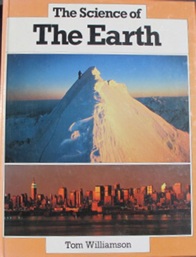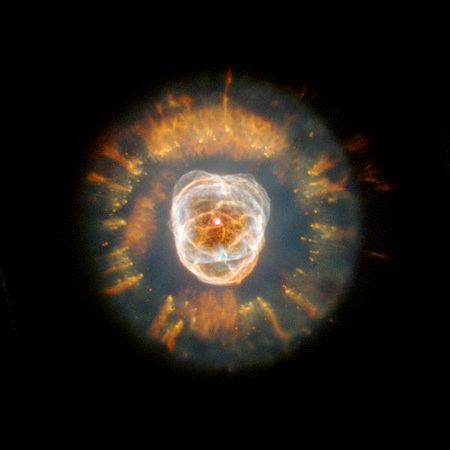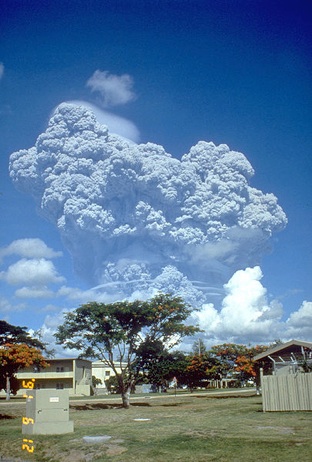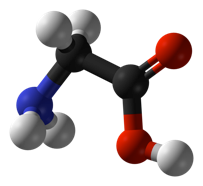Science and the Earth

We are earthlings born of stardust. The hydrogen atoms that make up about ten per cent of our bodies by weight were made in the Big Bang about fourteen billion years ago, as were traces of helium, lithium and beryllium. But the oxygen, carbon, nitrogen and other atoms of our bodies formed later from hydrogen and helium as these ingredients and their fusion products stewed at high temperatures deep inside stars. Later ejected from such stellar pressure cookers, some of these atoms linked to form molecules or tiny crystals and became part of the solar nebula that gave birth to the earth around 4.6 billion years ago.
These space molecules included several carbon-based molecules such as the amino acid glycine (above) which are among the building blocks of life. So our first living ancestors may have been space travellers, brought to earth not in alien spacecraft but in comets or meteorites. Whether they came from space, first evolved on another planet such as Mars, or originated in aqueous earthly environments like terrestrial or submarine hot springs, by around two billion years ago some of our earliest single-cell water-dwelling ancestors had banded together to form eukaryotic cells with organelles and nuclei.
Our planet hasn't always remained friendly to life. Many times in the past - for example around 300, 65 and 55 million years ago - events such as massive volcanic activity, impacts of asteroid-sized bodies and oceanic methane bursts have triggered rapid changes in the earth's climate system. These climatic disasters have typically involved the rapid release of warming greenhouse gases. Some of them have led to mass extinctions of species.



Mount Pinatubo, Philippines, erupted in June, 1991, injecting sulphate aerosols into the upper atmosphere and temporarily cooling Earth’s climate.
Courtesy U.S. Geological Survey

Glycine, NH2CH2COOH.
Courtesy: Benjah-Bmm27 and Wikipedia
NGC 2392, the Eskimo Nebula in Gemini. This glowing shell of ionised gas includes atoms such as carbon, nitrogen, oxygen and silicon made by fusion from hydrogen and helium deep inside the central star. Many off the Earth’s heavier atoms, including most of those in our own bodies, apart from hydrogen, were made in this way.
Hubble Space telescope,
Courtesy NASA/ESA